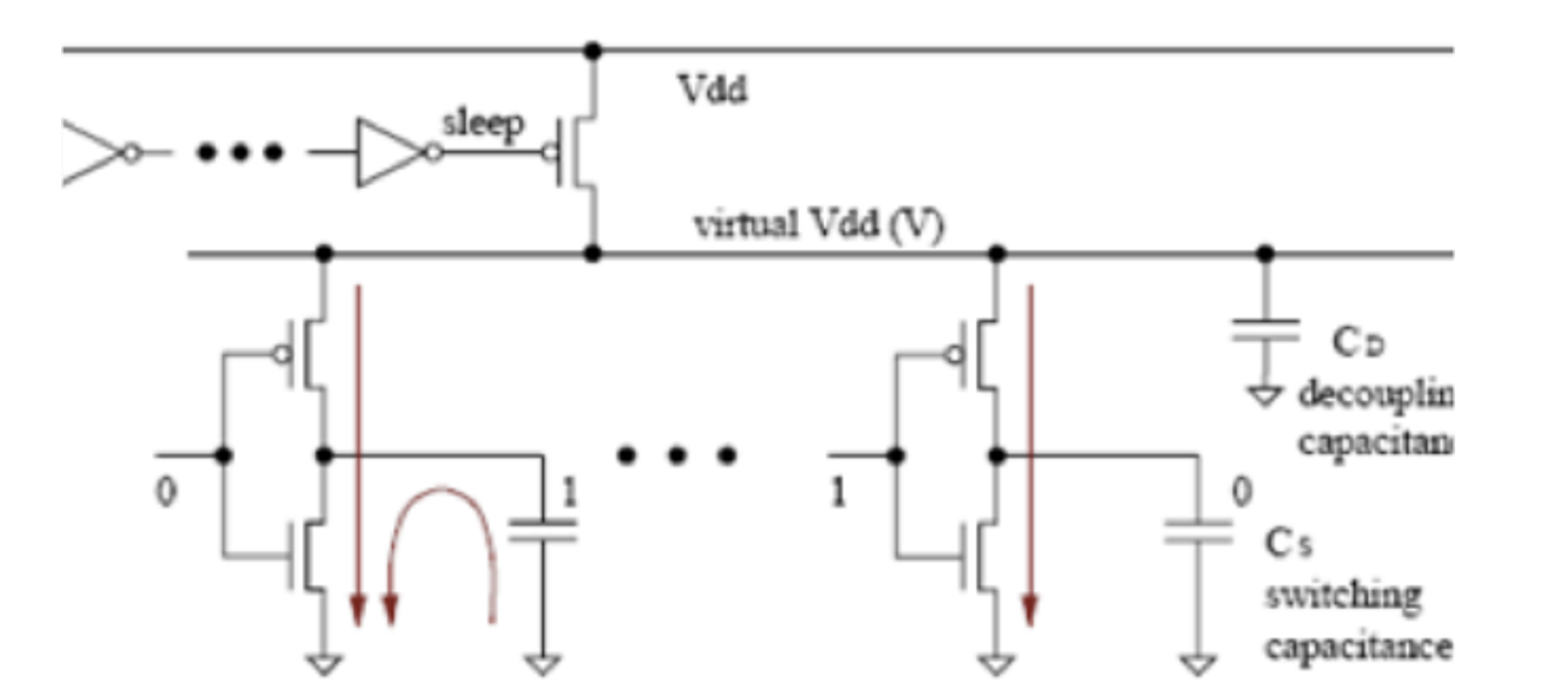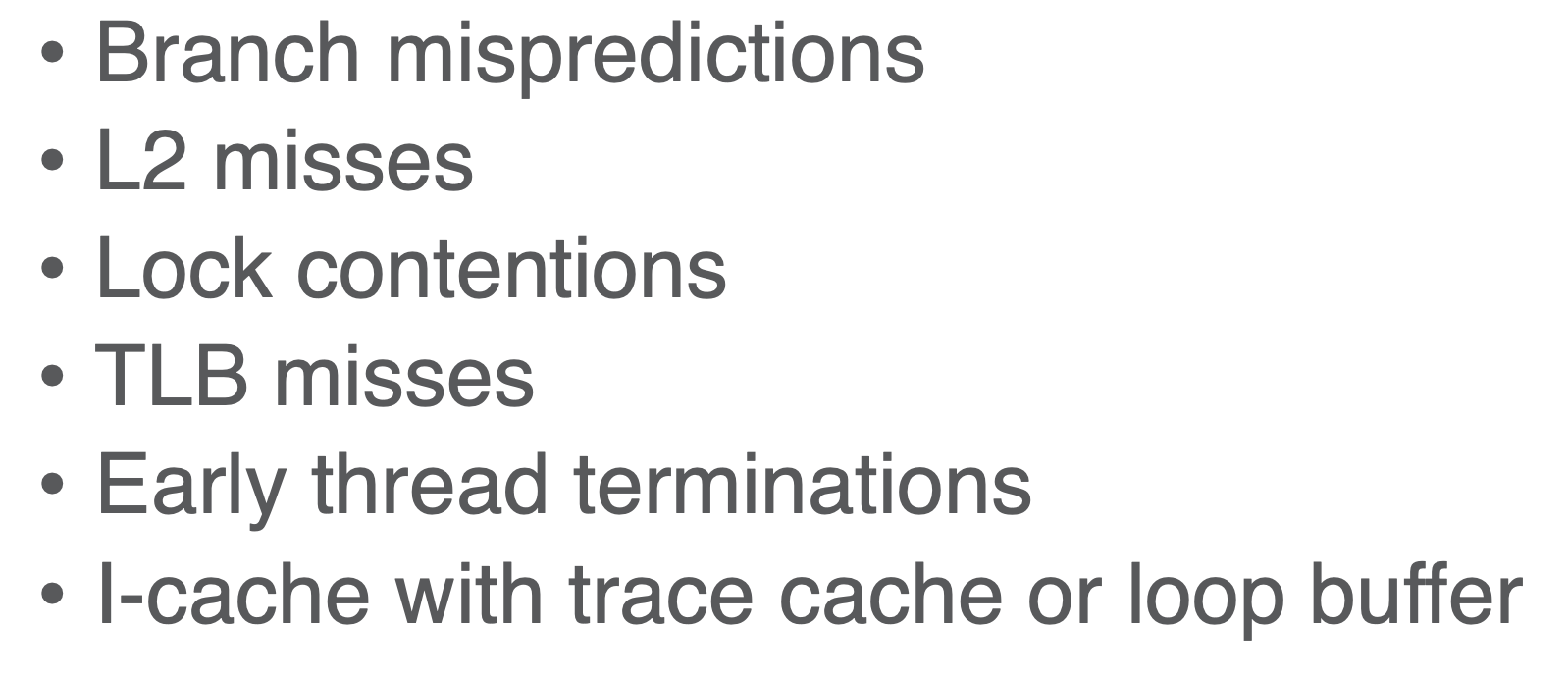19 - Power Modeling
ucla | CS M151B | 2024-03-14 16:12
Table of Contents
Power Calc
Total Power = Dynamic Power + Static Power
Dynamic refers to the transistor activation power consumption Static is the power consumption with no operations running, idle
Activation factor
For each signal, it is the ratio of high cycles to total cycles. To calculate for multiple ssignals, sps:
- not usually, this is not done manually and cannot be done manually, but is instead estimated using tools that run the FPGA
- modern CPUs use tool like Quartus (for intel chips) and Cacti for simulation
- an usually track cycle counts to report power usage
Low Power Optimizations
- clock/power gating, DVFS, MVI
Clock Gating
- turn clock on and off by sending clk gate signal
- done by taking mux of clock or 0 line an select with gate signal
- prunes the entire clock tree that requires that clock line or requires the output of that sequential block
- to determine when to do so, we should check temperature, and whether the program needs that sequential block
Power Gating
- sleep signal sent when a block is idle for too long
- completely switches off VCC/VDD for the entire sections
- This also shuts off the static power draw
- but requires a much larger system than clock gating to integrate:

- requires a power off policy:

- e.g., we an turn off some blocks for thee following:

Dynamic Voltage and Frequency Scaling (DVFS)
- adjust voltage and frequency of a process dynamically depending on workload, power, or thermal constraints
- voltage and frequency regulated as a pair due to interconnected requirement for voltage to support high clock frequency
Multi-voltage Islands (MVI)
- partition chips into separate islands each with its own power supply
- these islands can be independently power-regulated at different frequencies and voltages